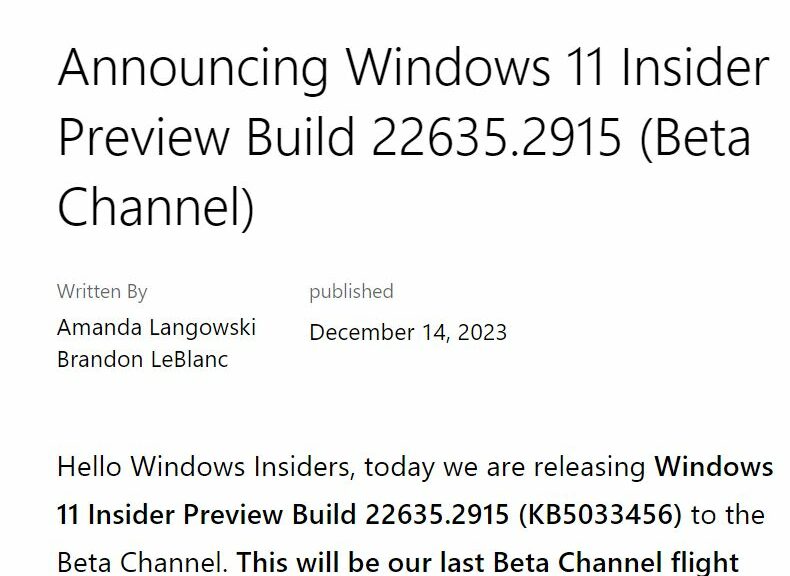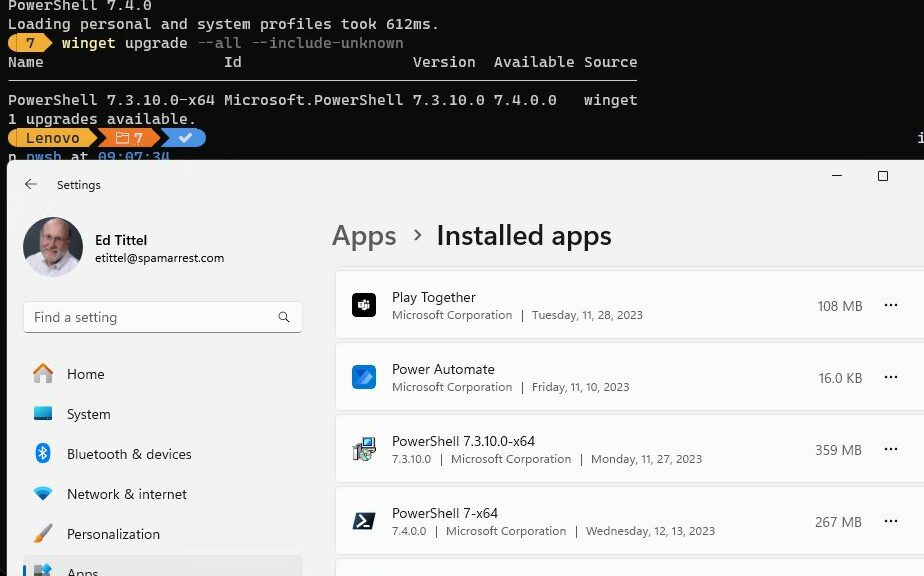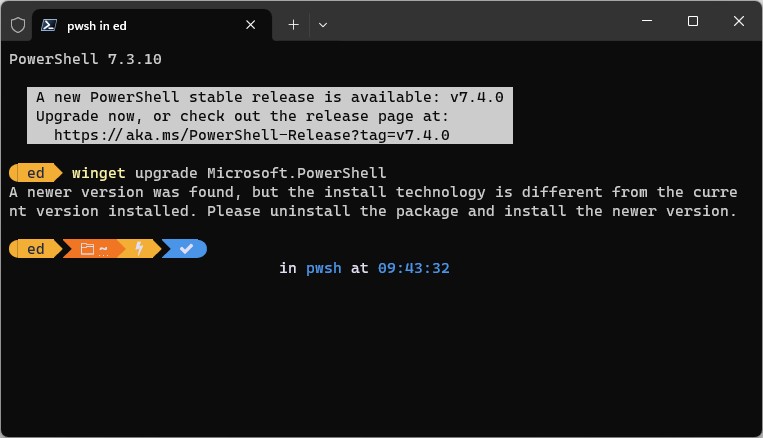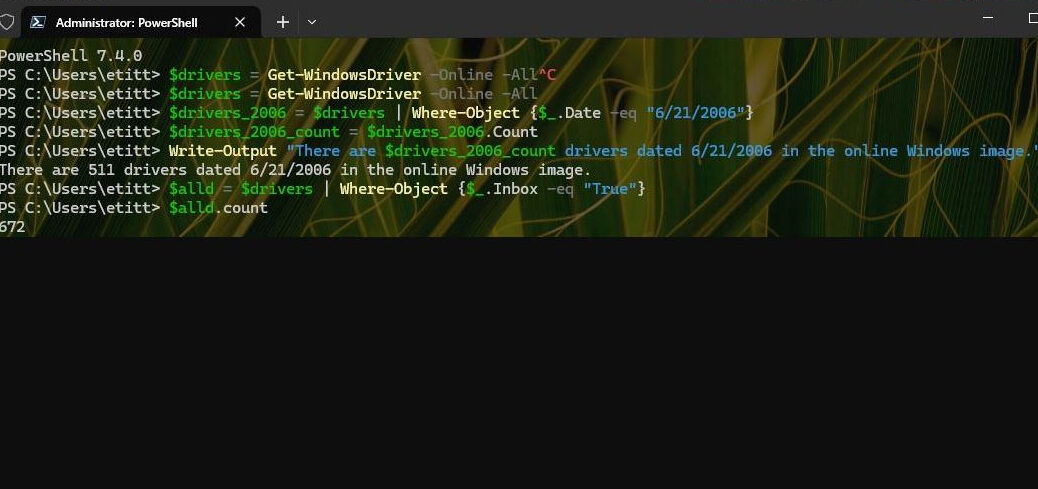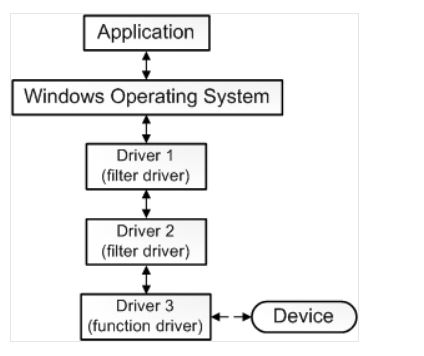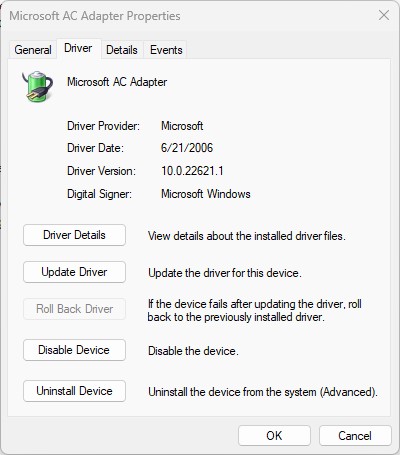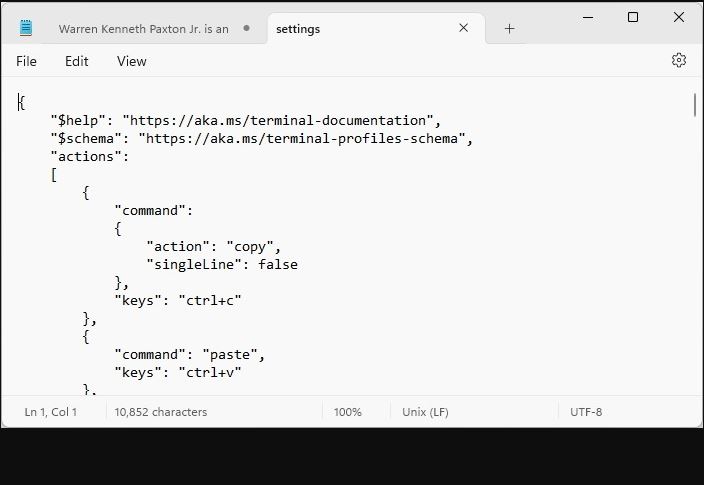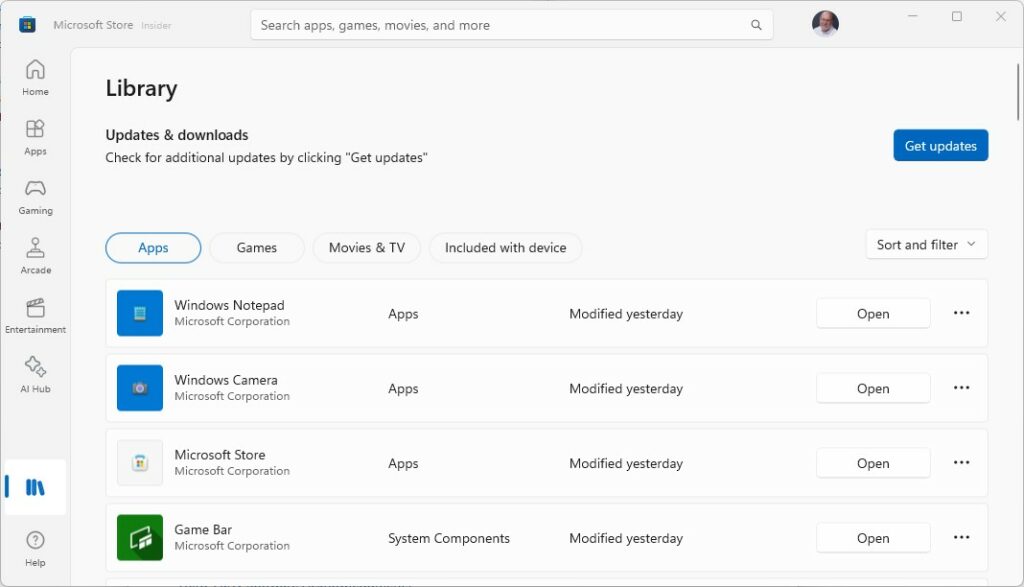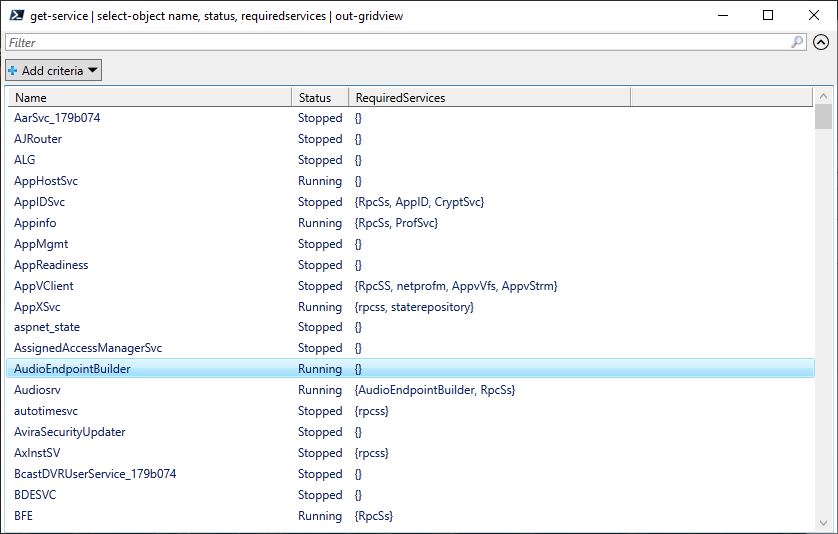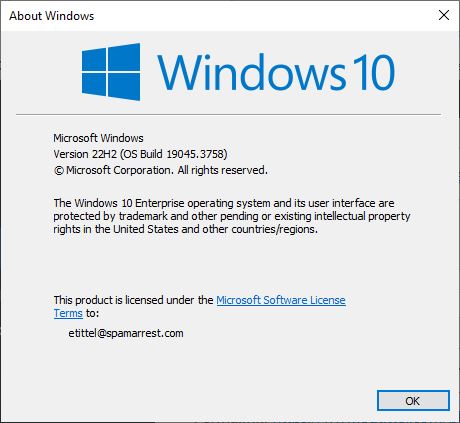It’s a consistent pattern. I’m looking at the most recent “flight announcements” in the Windows Insider blog. All of them include this sentence: “This will be our last <Name> Channel flight until January 2024” where <Name> is one of: Canary, Dev or Beta. The most recent instance popped on December 14. Its header appears as the lead-in graphic above.
Why Say: Final 2023 Insider Channel Flights Are Out?
Beyond the flat assertions from MS indicating they’re on pause until after New Year’s, I’ll observe this is a typical thing for Windows development. It’s been ongoing as far back as I can remember. Indeed, it usually hits in the 2nd or 3rd week of December, before the major end-of-year holidays get going in earnest.
This makes pretty good sense to me. Productivity usually slumps between December 20 and January 3 or 4 (depending on what day of the week New Year’s hits — next year it’s a Monday). MS is smart to call a hiatus by the middle of the month, to give everybody time to gear up for, and then recover from, the hollidays. Most other businesses (except those in leisure and hospitality) tend to do likewise.
Take a Deep Breath, And …
Indeed, I just wrote my last weekly blog/column for GoCertify yesterday (it will publish Monday). And I’ve noticed the pace of work will be letting up with the websites and publications I write for starting next week.
Does this mean I’ll be taking a break from this blog, too? Yes and no. I probably won’t blog on December 24 and 25 or January 1, but other than that it should be close to normal as it ever gets here at Chez Tittel. I should have more time to fool around with my PCs, so I should find plenty of stuff to share. Do stay tuned if you’re so inclined, but I hope you’ll have time to enjoy the end-of-year break in your own special ways. Cheers!
